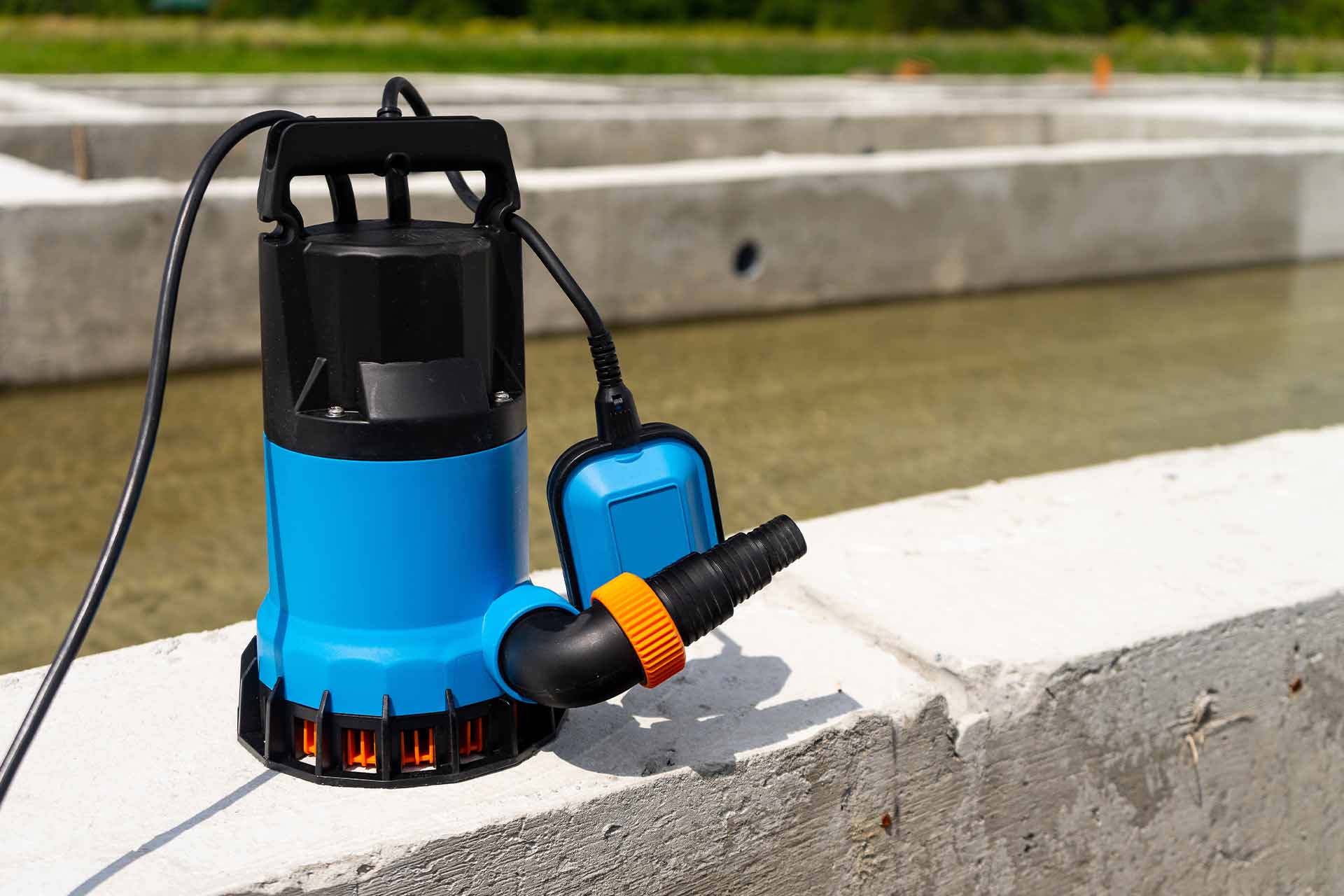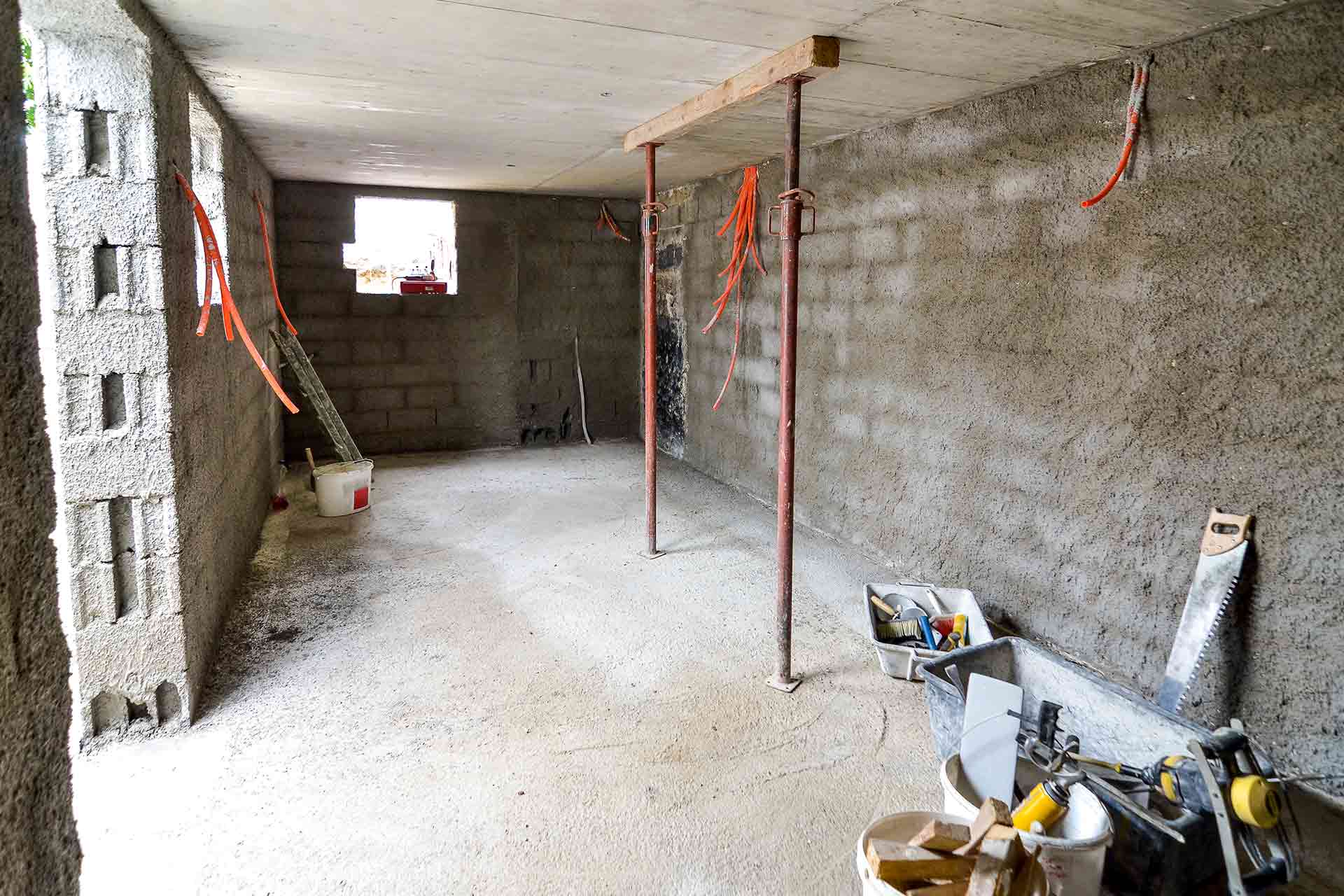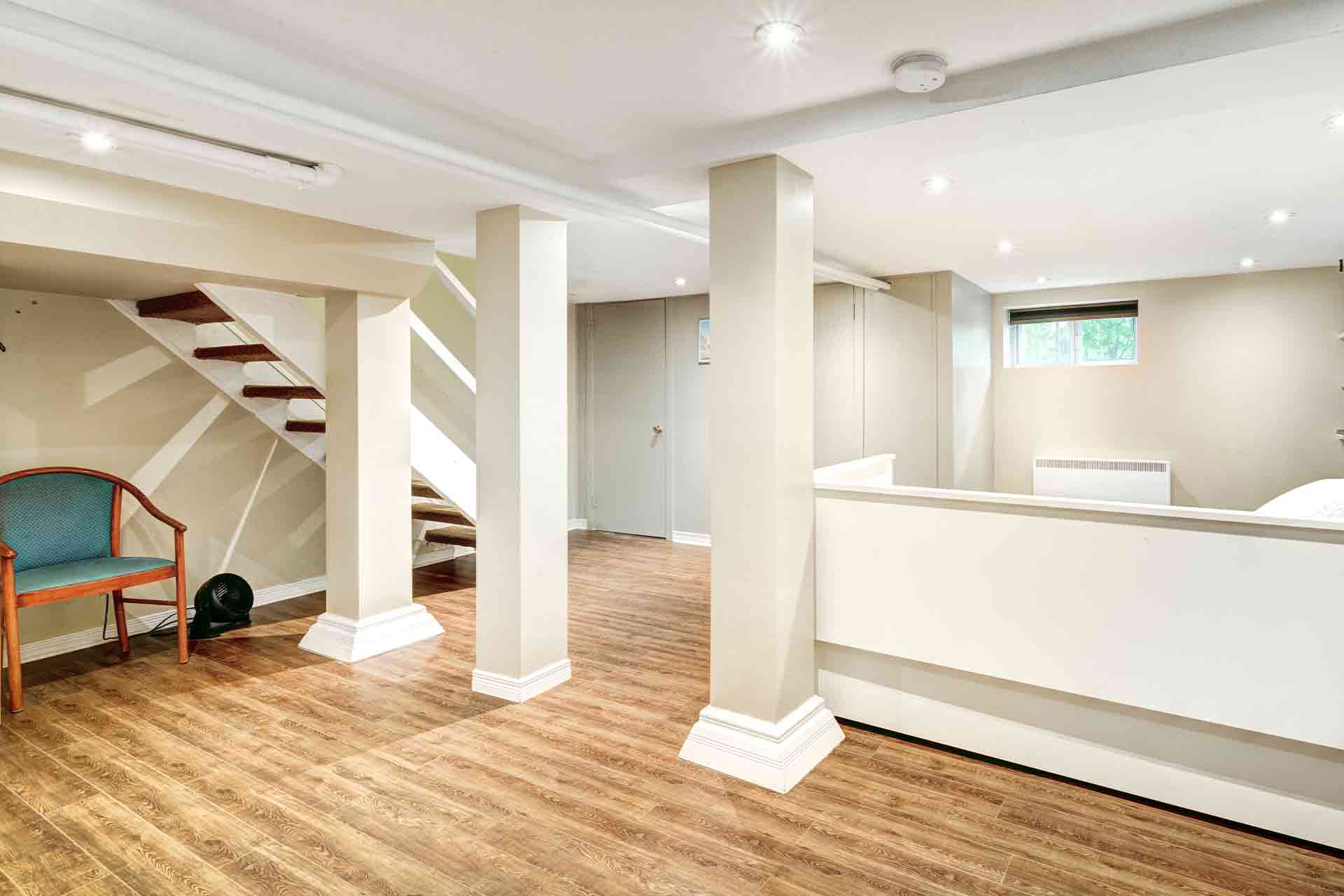Blog>Expert Advice>What is a pumped drainage system and how will it help?
Last updated: 5 August 2024
What is a pumped drainage system and how will it help?
Whether you’re converting your basement or struggling with drainage in your garden, a pump could be the answer. But what is a pumped drainage system? Here’s all you need to know.
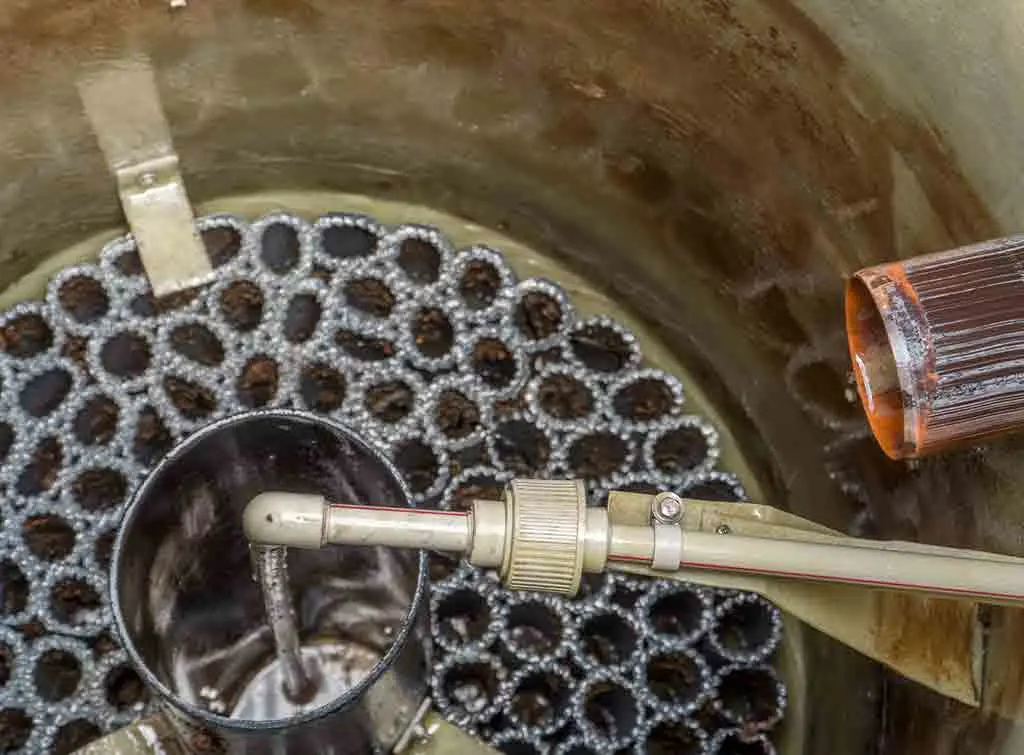
When a gravity drain isn’t an option, a pumped drainage system will have your back.
But what is a pumped drainage system and how do they work? And perhaps most importantly, how will it help?
Here, we’ll answer all your questions.
What is a pumped drainage system?
A pumped drainage system is a self-contained unit that you can install in your pipes to help water flow along them.
Most drains are gravity drains, which means they use gravity to move wastewater to the main sewer line.
But sometimes, gravity might need a little helping hand – for instance in poor drainage areas. And sometimes, gravity isn’t an option – for instance if you install an appliance below the level of your waste pipe.
That’s where a pumped drainage system comes in to keep things moving.
What is the purpose of a drain pump?
The purpose of a drain pump is to aid drainage and keep water moving through pipes where gravity is unable to do the job alone.
In this way, a drain pump can help to minimise surface water, reduce flooding and give homeowners who want to install plumbed appliances retrospectively more flexibility.
Here are some examples.
Basement conversions
If you’re converting your basement and you’re keen to add plumbed appliances like a washing machine or toilet, you’ll likely need the help of a drain pump.
This is because an appliance in your basement will be located below the level of your waste pipe. So, a gravity drain won’t be an option. On the other hand, a pump can help your wastewater flow uphill until gravity takes over.
Retrospective installations
Similarly, the time may come when you want to add plumbed appliances retrospectively in your home. For instance, perhaps you fancy a new kitchen island with a sink?
In this case, you might be keen to avoid pulling up your flooring to add pipework beneath. Instead, you could avoid disruption by looking into above-floor plumbing with a drain pump to facilitate the flow of wastewater.

Flooding
If your home or garden is susceptible to flooding, a water pump can help.
In the case of your garden, a non-submersible drainage pump can activate when it detects a certain level of water, working quickly to move it to a designated drainage area. Meanwhile, a sump pump (a type of submersible pump) can help prevent damp and flooding in your basement.
How does a drainage pump work?
As you can see, there are several different kinds of drainage pumps that are designed for different uses. However, they all work by moving water from one place to another.
Generally, a drainage pump will collect water at a low point, and then use force to push it uphill until gravity can take over or it reaches the main sewer system.
Water enters the pump through a chamber, which then triggers a float switch to activate the pump and push the water upwards.
See the tradespeople we've checked and recommend for your job
What is a sump pump drainage system?
A sump pump is a type of submersible drainage pump that’s commonly installed in basements – especially those sat below the water table.
It works to prevent water from infiltrating a basement, and can be an important part of a basement’s water management system.
In this way, getting a sump pump drainage system professionally installed will give you peace of mind that any excess water will be diverted away from your home if any flooding were to occur.
How does sump pump drainage work?
During heavy rain or in cases of high water table levels, a sump pump works together with a basement’s drainage channels to stop water from entering the basement.
Essentially, any excess water is collected through perimeter drains and funnelled into a sump basin – which is a chamber cut into the ground.
The sump pump’s job is then to remove the water that’s collected to the nearest drainage point, so that it can’t cause any damage to your property.
In this way, a sump pump can be a valuable part of structural waterproofing and can help to prevent floods from occurring.
Some sump pumps even have an integrated alarm system so that they can alert you if water levels get too high.
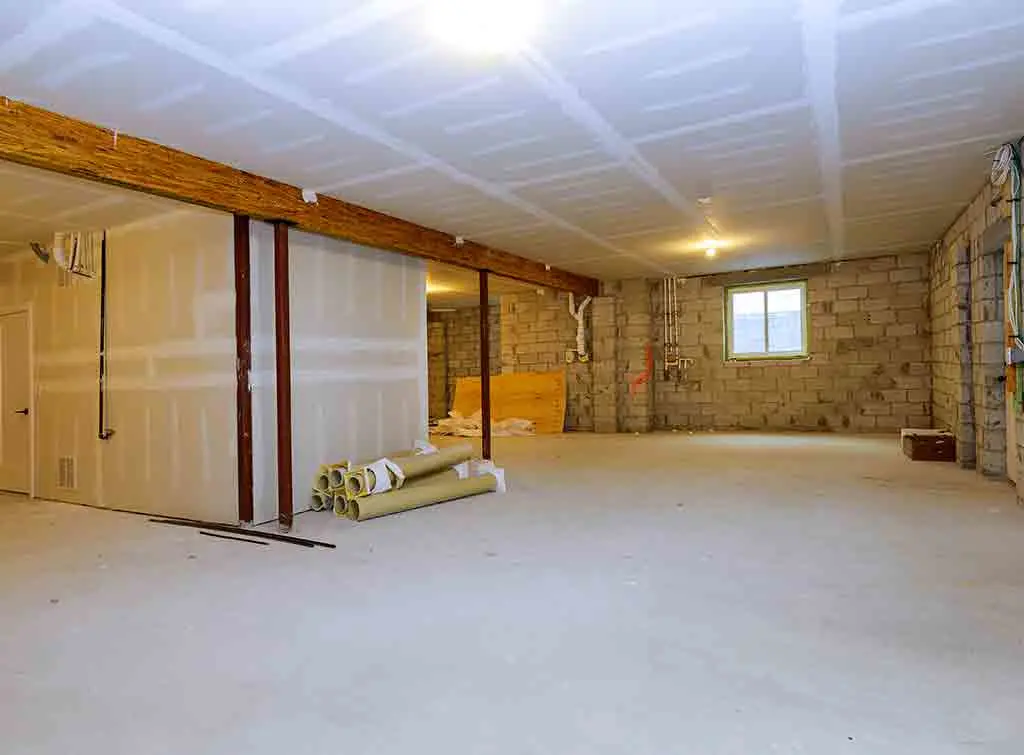
Do you need a pump for drainage water management?
Wondering whether you need a pump for drainage water management?
Generally speaking, you’ll only need a drainage pump where a gravity drain isn’t an option.
Here are some times when you may need to consider a pumped drainage system:
You’re converting a basement
You’re installing an appliance below the level of your waste pipe
Your home or garden floods regularly
But don’t worry, you won’t need to make the decision alone. A professional will be able to inspect your property and drainage to help you understand whether a drainage pump is the right option for your home.
Find a pro to install your pumped drainage system
Drainage isn’t something you want to take any chances with.
Getting a professional to install your pumped drainage system for you will mean you can be confident water will be chanelled away from your property properly and safely.
Luckily, it’s easy to find the right tradesperson for the job at Checkatrade! Only trades who pass our checks and meet our high standards are on Checkatrade.
Enter your postcode below to get started.
See the tradespeople we've checked and recommend for your job
More Expert Advice Articles
More Drain Installation Articles
See the tradespeople we've checked and recommend for your job



